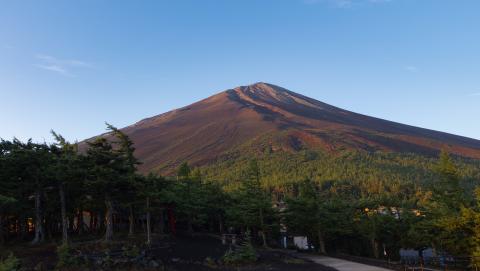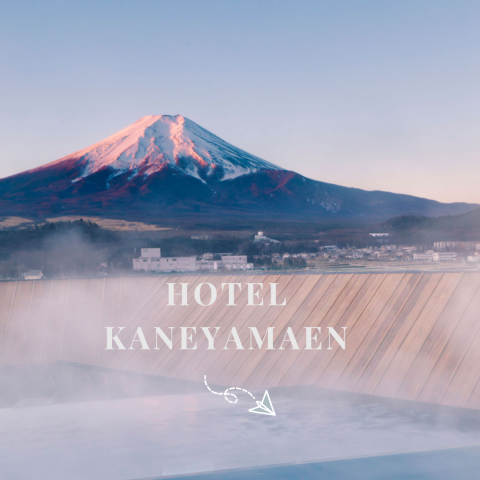Main content starts here.
This English-language text was created by Japan Tourism Agency.
Who Was Nichiren Shonin?
Nichiren Shonin (1222–1282) was the founder of the Nichiren sect of Buddhism. (Shonin is a title meaning “revered priest.”) At the age of 12, Nichiren began his Buddhist training at Kiyosumidera, a temple in Chiba Prefecture. Ordained as a priest at 16, he went on to develop new teachings that challenged the Buddhist establishment. Initially rejected, his teachings form one of the dominant traditions in Japanese Buddhism today. Many of the buildings and memorials at Minobusan Kuonji Temple are dedicated to Nichiren and his teachings.

Early Life and Teachings
After studying all the major schools of Buddhism in Japan, Nichiren declared that the Lotus Sutra was the only true doctrine, passed down from Shakyamuni, the historical Buddha. In 1253, Nichiren introduced the mantra Namu myoho renge kyo (I take refuge in the Lotus Sutra), which became central to his teachings on universal salvation.

While Nichiren Buddhism is one of the largest sects in Japan today, Nichiren’s teachings were not widely accepted during his lifetime. In 1253, he began preaching the Lotus Sutra in Kamakura, the seat of government at the time.
Japan faced earthquakes, drought, and other natural disasters, famine, an outbreak of plague, and the threat of a Mongol invasion during the Kamakura period (1185–1333). Believing these hardships to be a direct result of the people’s false beliefs, in 1260 Nichiren wrote Rissho Ankoku Ron (Treatise on Spreading Peace throughout the Country by Establishing Orthodoxy).
In this treatise, Nichiren states that the country could overcome disaster only by rejecting the misguided beliefs of the Jodo (Pure Land) and Shingon schools of Buddhism, the most popular sects at the time. He also wrote that the government’s efforts to help produced no results. He even claimed that numerous priests were misleading people and the government was too ignorant to see this.
A copy of his treatise was sent to Hojo Tokiyori (1227–1263), the de facto shogun in Kamakura, and his words were preached in the streets. His treatise fueled outrage in both the shogunate and among various religious leaders. In August of 1260, a group of Jodo school followers attacked him in his home in Kamakura. Nichiren escaped and hid at the home of his disciple, Toki Jonin, until the spring of 1261.
Exile and Return
On his return to Kamakura the same year, the shogunate sentenced Nichiren to exile on the Izu Peninsula without any official investigation of his alleged crimes. Luckily, Nichiren was taken in by a kind fisherman in Izu named Funamori Yasaburo. After two years spent in exile in Izu, the shogun issued a pardon. Nichiren returned to Kamakura in the second month of 1263.
In 1264, Nichiren’s widowed mother became ill. He took care of her and prayed for her recovery. While the government had issued a pardon, Nichiren was still considered an enemy to many supporters of the Jodo, Shingon, and Zen schools of Buddhism. When news of Nichiren’s return reached Tojo Kagenobu, steward of Tojo Village in Awa, he plotted to have Nichiren killed.
Kagenobu and his men ambushed Nichiren near Matsubara in Tojo Village. While Nichiren escaped with his life, he suffered a broken hand and a sword wound to his head. Two of his followers were killed in the battle. This incident is referred to as the Komatsubara Persecution.
In 1268, the Mongol empire was preparing to invade Japan. Nichiren had predicted this in a previous treatise and decided to send another warning letter to 11 of Japan’s top-ranking officials, but his letters were ignored.
Second Exile and Move to Mt. Minobu
Later, in 1271, Japan suffered a major drought. The shogunate ordered Ryokan, the chief priest of Gokuraku-ji Temple, to pray for rain. Nichiren sent Ryokan a challenge: if Ryokan was successful in bringing rain, Nichiren would become his disciple. If he failed, Ryokan would then become Nichiren’s disciple. Ryokan accepted the challenge and, despite his best efforts, no rain came, but he refused to become Nichiren’s disciple and instead conspired against him. In 1271, Nichiren was sentenced to exile again, this time to Sado, a remote island in the Sea of Japan.
In 1272, Nichiren was challenged to a religious debate by local Buddhist priests on Sado (later known as the Tsukahara Debate) and was able to refute the doctrines from opposing schools. After his victory, his life on Sado improved. He gained more followers and received donations of food and clothing.
In 1274, Hojo Tokimune (the shogun’s regent) ended Nichiren’s banishment and he returned to Kamakura in March of that year. Not long after, Nichiren was summoned to appear before military officials and was questioned about the possibility of a Mongol attack. Nichiren stated he believed that an attack was imminent within the year. He warned the government not to ask for prayers from the Shingon school, believing that would only make things worse. On May 12, he left Kamakura and settled near Mt. Minobu in what is now Yamanashi Prefecture, west of Mt. Fuji. The temple he established here, Kuonji, would eventually be regarded as the head temple of the Nichiren sect.
Published on
- April 14, 2022
Share
-

Fuji Subaru Line 5th Station & Mt. Fuji Travel Guide
March 3, 2025
Home of Mt. Fuji > Staff Journal > Who Was Nichiren Shonin?

